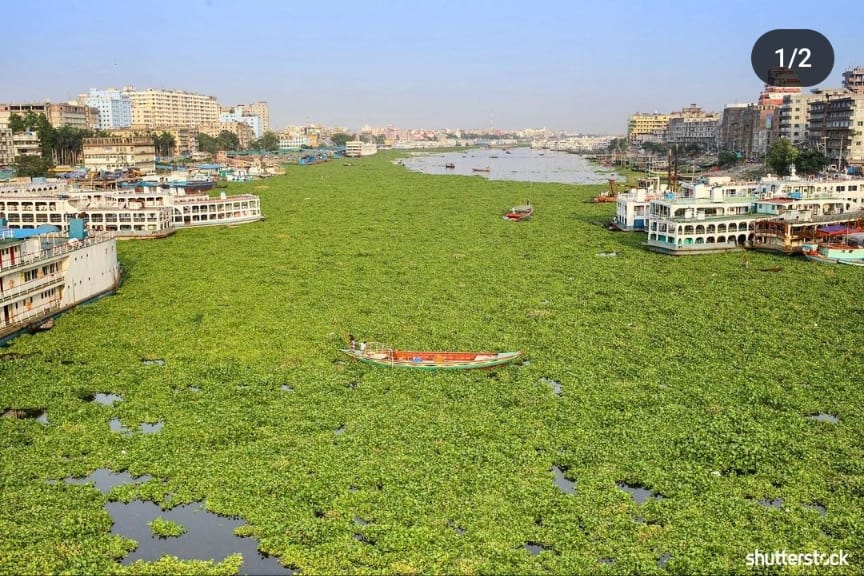Water hyacinth (Eichhornia crassipes) is a free-floating aquatic plant that is native to the Amazon Basin. It is a highly invasive plant that has spread to over 80 countries around the world. Water hyacinth can form dense mats that can clog waterways, reduce biodiversity, and interfere with human activities.
Why is water hyacinth a problem?
Water hyacinth is a problem for a number of reasons. First, it is a very fast-growing plant. It can double its biomass in as little as two weeks. This rapid growth can quickly clog waterways and reduce water flow. This can lead to flooding, increased sedimentation, and decreased water quality.
Second, water hyacinth can outcompete native plants and animals for resources. This can lead to a decrease in biodiversity and changes in ecosystem structure and function.
Third, water hyacinth can interfere with human activities such as fishing, navigation, and recreation. It can also increase the risk of waterborne diseases such as malaria and dengue fever.
How is water hyacinth being used to create opportunities?
Despite the problems it causes, water hyacinth also has a number of potential uses. One of the most promising uses is for biofuel production. Water hyacinth biomass can be converted into ethanol or biogas. This can help to reduce our reliance on fossil fuels and mitigate climate change.
Water hyacinth can also be used for other purposes such as:
- Bioremediation: Water hyacinth can be used to remove pollutants from water and soil.
- Composting: Water hyacinth can be composted to produce a nutrient-rich fertilizer.
- Livestock feed: Water hyacinth can be used as a feed supplement for livestock.
- Handicraft production: Water hyacinth can be used to make a variety of handicrafts such as baskets, mats, and furniture.
How is Durrie India using water hyacinth to create opportunities?
Durrie India is a company that produces handmade rugs made from water hyacinth fiber. Water hyacinth is a sustainable and renewable resource, and Durrie India's rugs are a beautiful and eco-friendly way to add style to your home.
By using water hyacinth to make rugs, Durrie India is helping to reduce the environmental impact of this invasive plant. Durrie India also provides jobs to artisans in rural India, helping to boost the local economy.
Conclusion
Water hyacinth is a major problem in many parts of the world. However, it is also a valuable resource that can be used to create opportunities. By developing new and innovative ways to use water hyacinth, we can help to reduce its environmental impact and create new economic opportunities.

